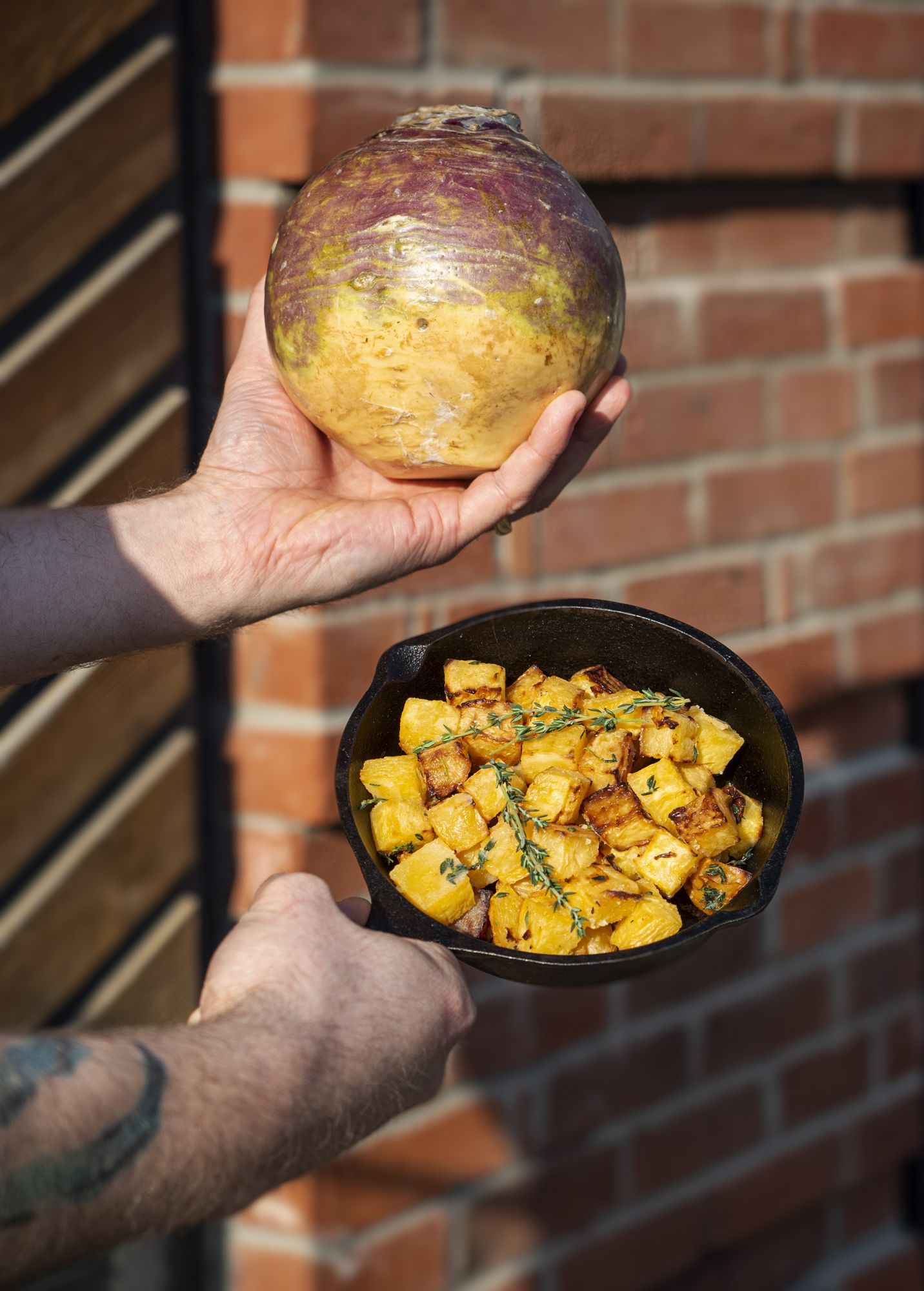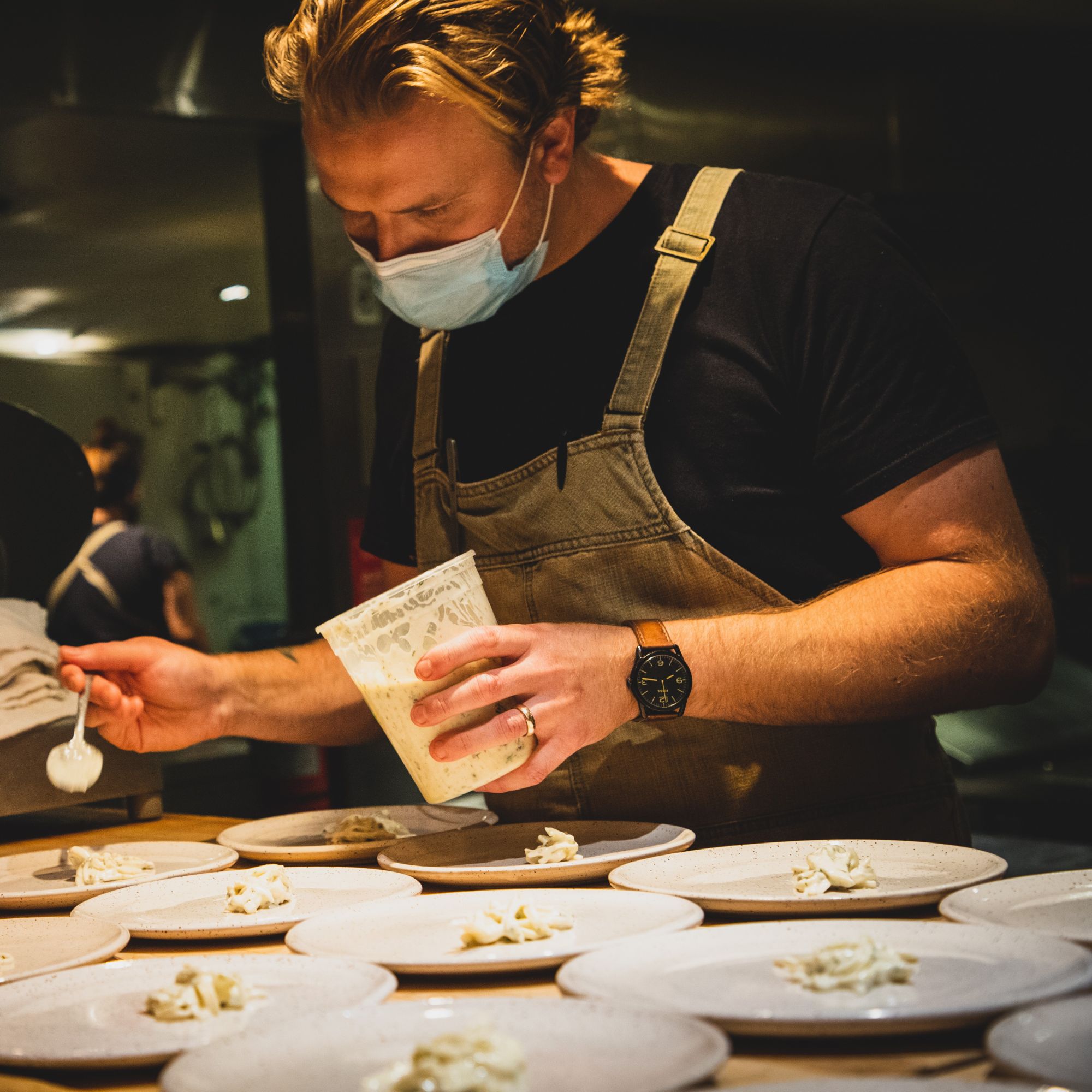If we take a look at our eating habits over the past 50 years, it is clear that there has been a slew of imported foods making their way into our grocery stores, while homegrown, seasonal produce has been bumped to the backseat.
Canada has so much to offer us in terms of the produce that can be grown and we all know: local generally tastes better. Let’s take a look at my favourite and most under-rated root vegetable of all time.
The Forgotten Root
When was the last time you ate a rutabaga? This unsung hero of Canadian winters graced dinner tables during the cold dark months before global food chains developed into the goliaths they are now, offering produce from around the globe at our fingertips. Rutabaga production in Canada has slowly dropped from 146 million pounds in 1980 to 40 million pounds in 2017. This hearty root has fallen out of favour with Canadians over the years to be replaced with a plethora of beautifully shaped and easy to cook vegetables. But the fact is, this uncut gem has so much to offer us. Rutabagas have a slew of health benefits. They are fantastically high in potassium, magnesium, fibre as well as vitamins A and C.

On an environmental level, they have a low carbon footprint and require relatively little water to grow. Compared to avocados, which take 227 litres to grow a single piece of fruit, rutabaga, like many other root vegetables, have tap roots to access water reserves deep in the soil. This means they require little irrigation.
As a bonus if you are lifting one of these roots from your local veg shop, the chances are that it was locally grown and harvested at its peak sometime in the late fall. When stored properly, these little beauties will last throughout the winter, spring, summer and all the way through until the next season. What does this mean? Slower, more eco friendly transportation methods can be used to get them from the farm to you resulting in a lower carbon footprint. They also require no packaging, only a thin wax coating that is removed during peeling, cutting down on single use plastics and packaging.
In a society that glorifies exotic produce and ‘instagrammable’ dishes scattered with microgreens and colourful garnishes, it is difficult for humble vegetables to stand out. Most of these food photos ignore the substance of what is actually on the plate, how it tastes and the nutrients it provides us. Gastronomic media has become click-bait for wannabe foodies, thirsty for the next ‘food trend’. A rutabaga, roasted and basted with brown butter, garlic and herbs, has such depth of flavour and can rival most roasted meats, but because of its appearance, it is wildly unappreciated.
There does, though, seem to be a light at the end of the tunnel for this humble turnip. Ohme Farm, an organic farm in the Niagara region, has started to grow rutabaga for the first time in their history due to increased demand from their direct customers, chefs, and restaurants. This uptick in interest could be a sign that we are close to seeing rutabaga more widely available and utilized.

So next time you are reaching for a bell pepper grown thousands of miles away, think of the trusty rutabaga. Reliable, delicious and always standing by.
No Fuss Roasted Rutabaga
Peel your turnip and cut into 1 inch cubes.
Toss with butter, salt and thyme and roast at 350F until al dente.
No need for maple syrup or sugar. These babies will be sweet, salty and caramelized.







